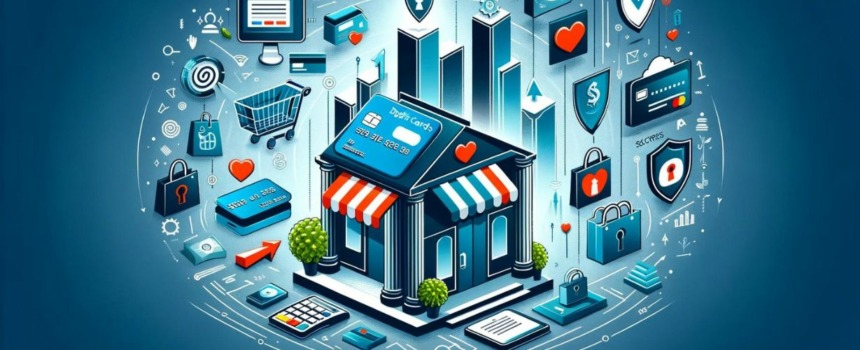Your e-commerce payment solution is as essential as the platform you set your site on. Without any way to accept payments, generate revenue, and reuse that revenue to grow, your e-commerce business will just fail.
If you’re setting up your first e-commerce store and have no clue about e-commerce payment solutions, then this quick guide will help you out.
What is an e-commerce payment solution?
An e-commerce payment solution is a payment gateway or a payment gateway with a merchant account that allows you to accept payments online via cards, wallets, and other payment options. Some of these come built-in with the top ecommerce platforms, but you can also take advantage of separate companies. There are also point-of-sale payment solutions that allow you to sell your products in person. These are useful if you also run a physical store in addition to the online store or sell your products in person in any other way.
What are the benefits of using one?
There are many benefits to using an e-commerce payment solution. Here are the top ones.
Accept payments online and offline
The most essential benefit of e-commerce payment solutions is that they let you accept payments online. These are essential for running any online business and even more so for e-commerce stores where the business depends on the volume of sales.
Receive money directly
You have two options when choosing an e-commerce payment solution. One is to just choose a provider that offers a payment gateway where they process the payments, and the money gets deposited in their bank account which they later transfer to you. While the other is to use a merchant account or a payment provider + merchant account. This allows you to directly receive the payment in your bank account without having to wait to receive the money. If you are still perplexed about what is a merchant account, then I recommend that you read entire guides on the topic.
Protect customers
Most payment gateways are designed using the best online security to protect your customers. They also work with payment card services like Visa and MasterCard to offer them an extra level of protection. This makes your customers feel more secure when they are buying from you.
Types of e-commerce payment solutions
There are many types of e-commerce payment solutions. Each of them plays an influential role in the payment process. Here are the different types of e-commerce payment solutions and the roles they play…
Payment gateways
Payment gateways allow you to accept payments both online and offline. If you have ever bought anything online and you paid directly with your card you have used a payment gateway. Payment gateways can be third-party tools that integrate with your ecommerce platform or they can come as tools directly within your ecommerce platform. This is an essential tool everyone needs.
Merchant accounts
A merchant account is a bank account where your funds get deposited after the payment gateway processes the sale. Most of the time, people just pick a payment gateway where the company not only processes the sale, but stores the money in their own bank account and transfers it to you every week or month. However, you have the option to get your own merchant account where the money gets directly deposited in your bank account.
The biggest benefit of this is that you get the money immediately. This means that you not only have access to the funds to run your business, but also that the money is with you in case the payment gateway suspends your account.
Wallets
Wallets are apps like Apple Pay and Google Pay, where customers can connect their debit cards, credit cards, and bank accounts and then make payments. These are gaining popularity rapidly because of their convenience. Customers can choose the pay with Apple payment option, for example, when online or pay with their phones when they visit stores in person.
Peer to peer
Peer-to-peer payments are popular apps like PayPal and Venmo, where the customer visits the webpage of the peer-to-peer solution, logs in, and makes a payment. Some of these solutions let customers pay using an email address.
Point of sale
Point of sale is when you sell products in person via a card reader. This is not precisely an e-commerce payment solution, but it can work with it if you have a physical in-person store along with your e-commerce store. Many companies that offer payment gateways and merchant accounts will also offer physical card readers and software that make it possible to accept payments in person.
Some will even offer a mobile card reader. This will make it possible for you to accept payments on the go.
Now, choose a payment solution provider
Now that you know all about e-commerce payment solutions, it is time to pick the best one for you. This is something you shouldn’t take lightly. So, put in the time to choose the best payment solution for your e-commerce business.
Make a list of the features you need, visit the websites and blogs of the top providers, read reviews, get on sales calls, sign up for accounts, and then pick your favorite one.
You need to get this right the first time, as switching a payment solution midway through starting your ecommerce store can be a real time-consuming task. Also, if you go with a bad option, you could end up losing your hard-earned money. There are a lot of nightmare stories you can read online about people getting suspended and going bankrupt.
So, put your time into doing the research or, better yet, hire an e-commerce payment solutions expert to give you a hand.





Comments